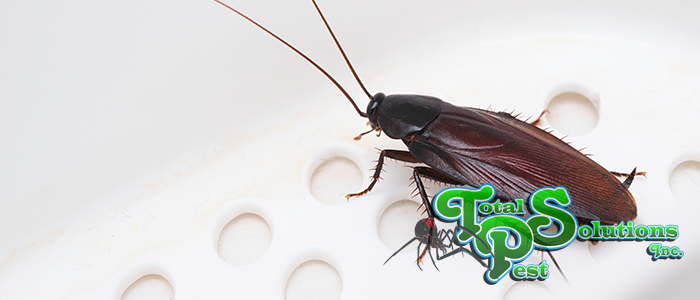
Termites are a problem in almost every state and cause Americans approximately $5 billion in damages annually. Unfortunately, home insurance policies often exclude termite damage from their coverage. It is important to know the signs of an infestation so one can be identified as soon as possible, as well as to schedule annual property checks to ensure nothing is missed. Experts can help rule out or treat potential problems, providing peace of mind that there are no insects thriving within homes unnoticed and gnawing away at most property owners’ biggest investment.
When examining your home for signs of termites, look at wood flooring if there is one present. When there are areas that bubble or blister it could signal that termites are feeding not far below. Subterranean termites, which often attack a property through its foundation, can damage the subfloor of a home as well. This will look like floors have water damage, when the true cause is the work of these pests.
In addition to searching for bubbling, listen closely and tap on wooden walls or floors. Because termites tunnel throughout the wood, they not only weaken it but make it less solid. As a result, it will sound hollow upon contact. Taking apart infested wood for a closer inspection should reveal a chewed up interior filled with holes and possibly small white worker termites inside.
In cases of infestations there should also be mounds of wooden pellets that look like sawdust or coffee grounds on the floor nearby. These may, in fact, be the feces of termites. The insects will eat away at wood to create tunnels and then push their droppings out through holes and onto the floor to keep these tunnels clean.
Brown linear mud tubes that go from the ground up to your home or another wood-based structure are another tell-tale sign of termites. Subterranean termites build their nests within the soil and come up for a source of food, which would be this wood. However, during their journey, they need a controlled and moist climate to travel in and so find protection by going back and forth within these tunnels. These will prevent them from drying out.
A further sign of infestation is the wings of swarmers, often discovered in spring. Winged termites emerge around this time to fly off and mate to begin a new colony. Both the insects and their wings will often be found near windows or doors or other areas that lead to the outside. Unlike ant wings with two bigger than the others, termite’s should all be the same size.
Properties should be searched for termites often so that owners can avoid thousands of dollars in out-of-pocket costs. Things to look for include blistering, apparent water damage, feces, tubes, or wings that would reveal the presence of an infestation. Schedule annual inspections and have an expert verify no termites are present or help implement a treatment plan if any are found.
[/fusion_text][/fusion_builder_column][/fusion_builder_row][/fusion_builder_container]continue reading
Related Posts
The Importance of Scheduling Regular Lawn Care Services for a […]
The Ultimate Guide to Spotting and Eliminating Flea Infestations in […]
The Menace of Cockroach Infestations in Lake Alfred Homes Cockroach […]






